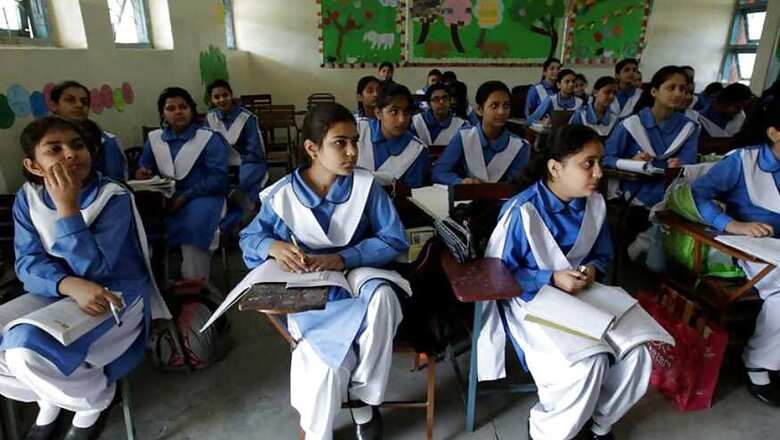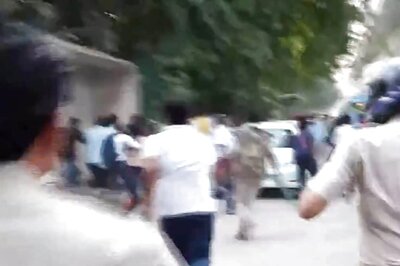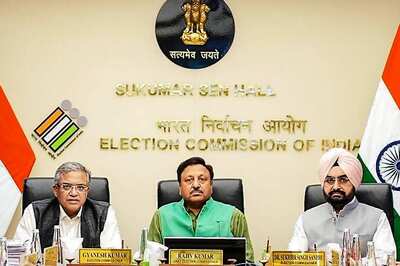
views
New Delhi: In order to address the widening gap in the education sector, government think tank NITI Aayog is considering adopting popular technological methods such as Whatsapp courses, teachers App and Management Information Systems such as Rajasthan’s Shaala Darpan in different states.
The think tank is studying some of these practices for reforming education and improving learning outcomes and for that, it has opened itself to ideas from different parts of the country.
Popularly practiced by the state governments of Haryana, Himachal Pradesh, and Rajasthan, the initiatives intend to solve the existing gaps in learning outcomes, as highlighted by the Annual Status of Education Report (ASER) reports.
Once the new government is formed, NITI Aayog, along with Human Resource Development Ministry, will look into the dissemination of some of these best IT related practices.
What’s on the think tank’s table?
One of the top choices of the think tank is the “TeacherApp” implemented by the government of Himachal Pradesh. It is a tech-based teacher training platform that provides byte-sized content for easy consumption by teachers.
Under this, different courses are assigned as ‘courses of the month’ that teachers must complete every month. The second app called Shiksha Saathi, which is used by block officials to monitor schools and identify problems and challenges with the help of capturing evidence, is also being considered.
This has a direct impact on student learning outcomes. “Recognising the penetration of Whatsapp and its potential to ease establish communication channels has led to more than 40,000 teachers being connected to the state’s headquarters, thus reducing the levels of communication,” said the note shared by Samagra, a government consulting firm that worked with Michael and Susan Dell Foundation and the state government on some of these programs.
Among others, the Adarsh schools of Rajasthan are using an MIS system named Shaala Darpan that captures data from schools across the state.
“It was put into place with the aim of measurement of performance of students and improving resource allocation in terms of infrastructure, as well as a teacher’s respect. Teacher recruitment was also streamlined using the MIS to ensure that it is proportionate to the number and the need of schools,” read the note by the firm.
Data and dashboard
To improve the learning outcome the Andhra Pradesh government has put in place, a publicly available dashboard, which enables teachers to customise their teaching approach according to the needs of the students. This dashboard is integrated with the students’ report cards at school, mandal, and district levels and helps teachers provide parents a clear picture of each student’s progress.
The Haryana government uploads data on competencies into the Saksham Adhyapak dashboard, which allows teachers to map each student’s skills and competencies and tailor their teaching methods to their individual needs.
Apart from this, the Himachal Pradesh government developed an assessment dashboard for capturing student data and making it publicly available. The data from this dashboard is used to drive key decisions and is further used for review and monitoring at the state, district and block levels.
The four states and others have invested in getting quality data to identify fault lines in their education system. This data was generated through regular competency assessments, aggregating report cards at schools, mandal and district levels, and empowered block officials with apps that helped them record data in real-time. The state administrations are also provided with MIS dashboards to track performance.



















Comments
0 comment